Back Pain & Remedies
Causes and preventions for Back pain

Back pain is a common issue that affects many people, and it can be caused by a variety of factors, including poor posture, injury, or underlying medical conditions. In this video, we will discuss some common causes of back pain, as well as some effective ways to relieve it.
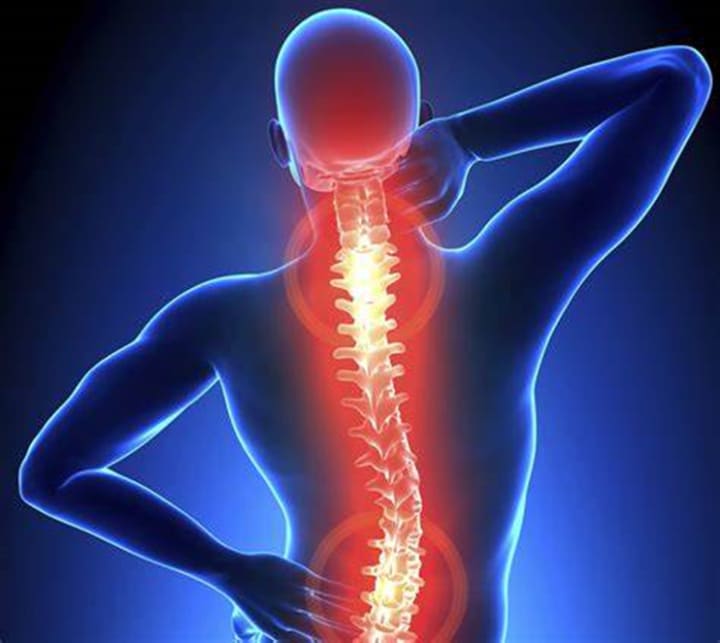
Section 1: Causes of Back Pain
Back pain can be caused by a variety of factors, such as poor posture, muscle strain, or injury. Sitting for a long period, lifting heavy objects, or sudden movements can also cause back pain. In some cases, underlying medical conditions such as arthritis, osteoporosis, or a herniated disc can also cause back pain.
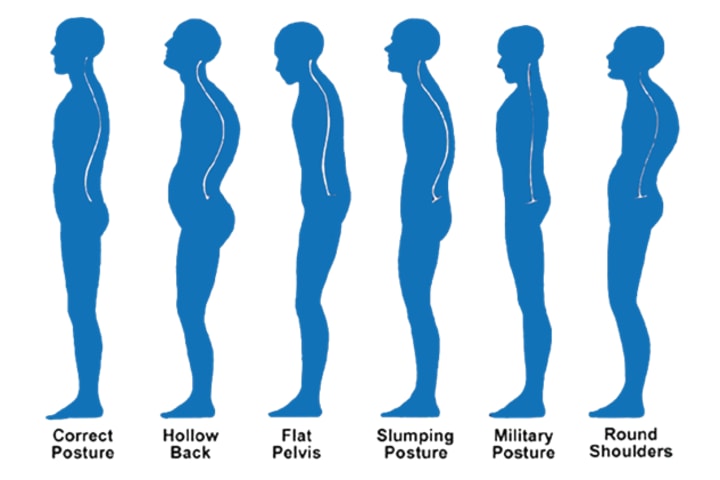
Section 2: Common Treatments for Back Pain
Fortunately, there are several effective treatments for back pain, including:
Exercise:
Exercise is an effective way to alleviate and prevent back pain. When done properly, exercise can help strengthen the muscles in the back, improve flexibility and range of motion, and reduce the risk of future injuries. Here are some exercises that can be helpful for back pain:
Pelvic Tilt: Lie on your back with your knees bent and feet flat on the floor. Tighten your abdominal muscles and press your lower back into the floor. Hold for 5-10 seconds, then release. Repeat 10-15 times.
Bridge: Lie on your back with your knees bent and feet flat on the floor. Lift your hips up towards the ceiling, squeezing your glutes and engaging your core. Hold for 5-10 seconds, then lower your hips back down. Repeat 10-15 times.
Cat-Cow Stretch: Get down on your hands and knees. Inhale as you arch your back and lift your head and tailbone towards the ceiling (cow pose). Exhale as you round your spine and tuck your chin towards your chest (cat pose). Repeat 10-15 times.
Superman: Lie on your stomach with your arms and legs extended. Lift your arms, chest, and legs off the ground at the same time. Hold for 5-10 seconds, then lower back down. Repeat 10-15 times.
Hamstring Stretch: Lie on your back with your legs straight. Lift one leg and bring it towards your chest, keeping the other leg straight on the floor. Hold for 20-30 seconds, then switch legs and repeat.
Regular exercises, such as walking, swimming, or yoga, can help strengthen your back muscles and improve flexibility, which can help prevent back pain. It's important to start slowly and gradually increase the intensity of your exercises. If you have any concerns or are unsure which exercises are best for you, consult with a healthcare professional.
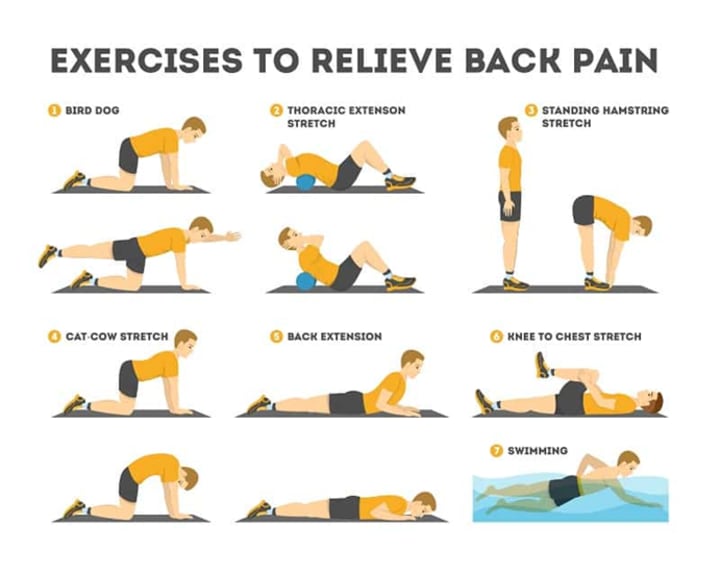
Heat and Cold Therapy:
Heat and cold therapy are two commonly used treatments for back pain. They can help alleviate pain, reduce inflammation, and promote healing. The choice between using heat or cold therapy depends on the type of pain and the stage of the injury.
Heat Therapy:
Heat therapy is typically used for chronic or long-lasting back pain. The heat helps to increase blood flow to the affected area, which can help promote healing and reduce muscle tension. Some common methods of heat therapy include:
Heating pads or hot water bottles: These can be placed on the affected area for 15-20 minutes at a time.
Warm baths or showers: These can help relax the muscles and relieve tension.
Warm compresses: A warm, damp towel can be applied to the affected area for 15-20 minutes at a time.
Cold Therapy:
Cold therapy is typically used for acute or sudden-onset back pain. Cold therapy helps to reduce inflammation, numb the affected area, and decrease muscle spasms. Some common methods of cold therapy include:
Ice packs: These can be applied to the affected area for 10-15 minutes at a time, several times a day.
Cold compresses: A cold, damp towel can be applied to the affected area for 10-15 minutes at a time.
It's important to note that heat and cold therapy should not be used at the same time. In addition, heat therapy should not be used for the first 48-72 hours after an injury, as it can increase inflammation. If you are unsure which therapy to use or if you have any concerns, it's best to consult with a healthcare professional.
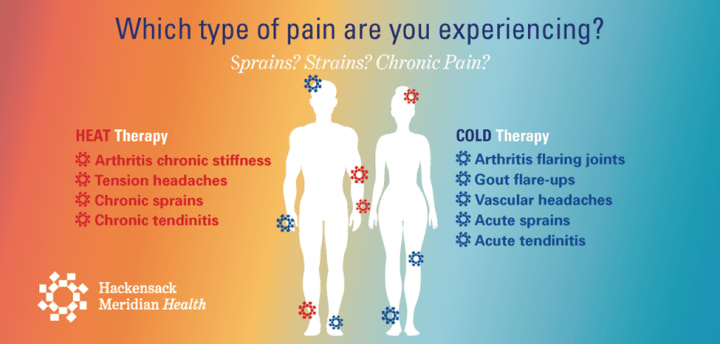
Image Source: https://www.jerseysbest.com/heat-and-cold-therapy-knowing-which-to-choose-and-when-is-critical-for-pain-relief/
Massage: A professional massage or self-massage can help relieve tension and relax muscles, which can help reduce back pain.
Medications: Over-the-counter pain relievers, such as ibuprofen or acetaminophen, can help reduce pain and inflammation.
Physical Therapy: A physical therapist can develop a customized exercise and stretching program to help relieve back pain and improve posture.
Section 3: Preventing Back Pain
There are also several ways to prevent back pain, including:
Maintaining a good posture: Sit and stand up straight with your shoulders back and your feet flat on the ground.
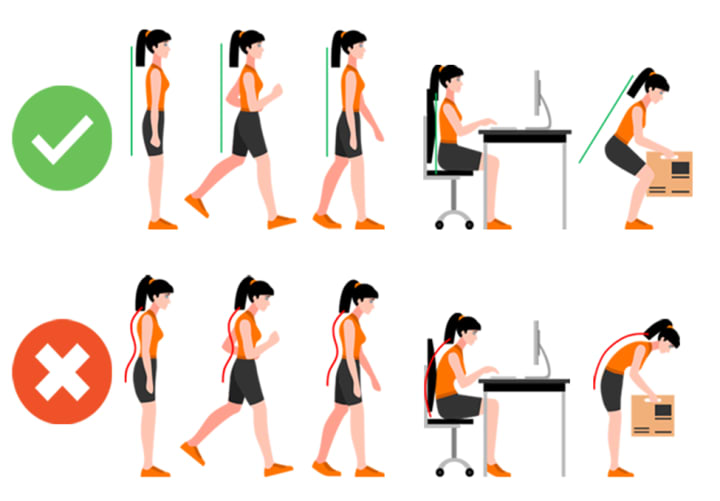
Strengthening your core muscles: Exercises that strengthen your core muscles can help support your back and prevent injury.
Lifting Properly: Use your legs to lift heavy objects, not your back.
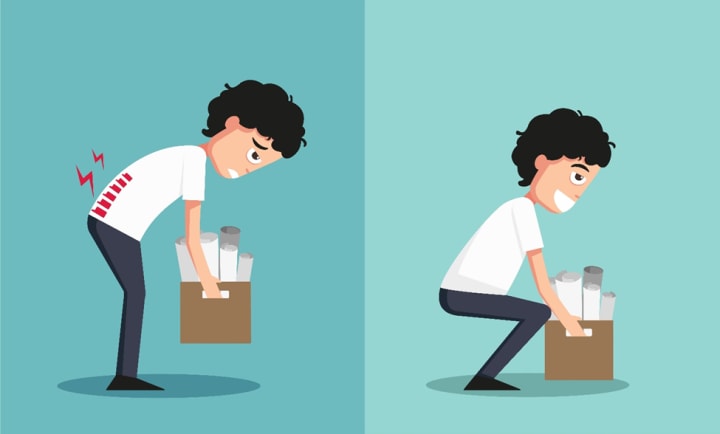
Stretching: Regular stretching can help improve flexibility and prevent muscle strain.

Conclusion:
Back pain can be a frustrating and painful experience, but there are several effective treatments and preventative measures you can take to manage it. We hope you found this video helpful and remember to always consult with a medical professional before starting any new exercise or treatment program.





Comments
There are no comments for this story
Be the first to respond and start the conversation.